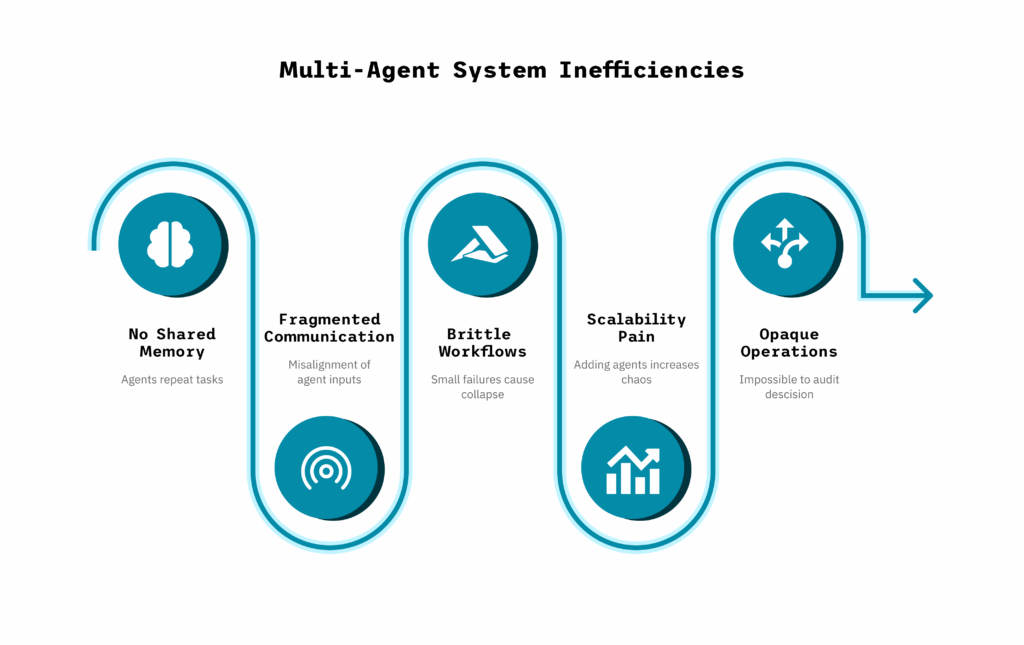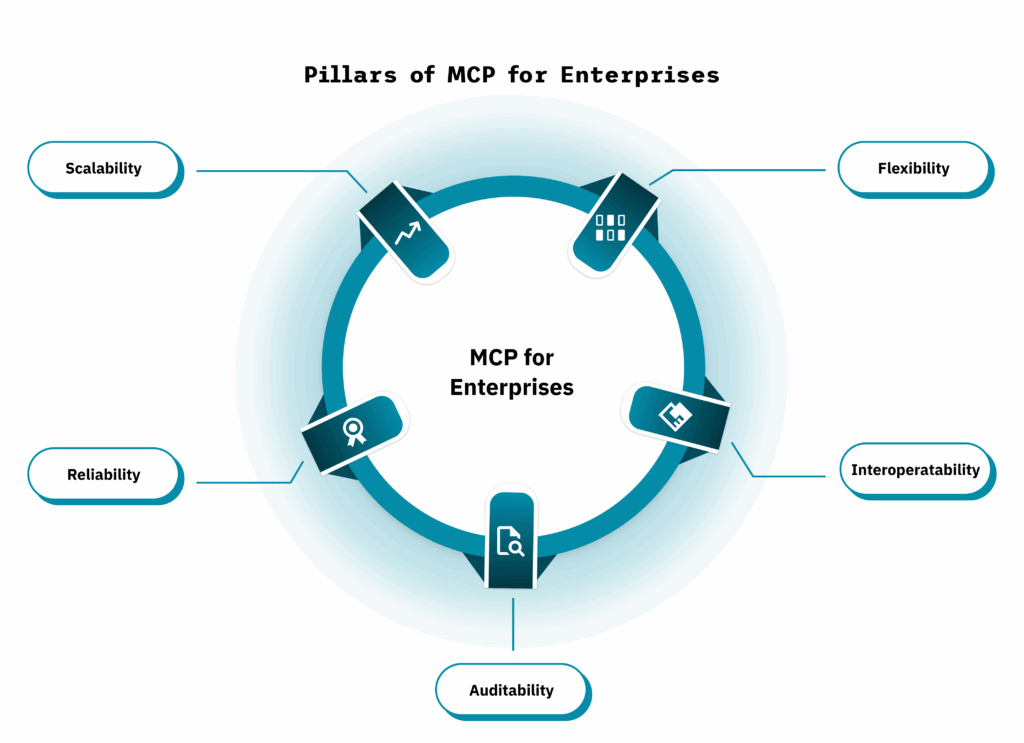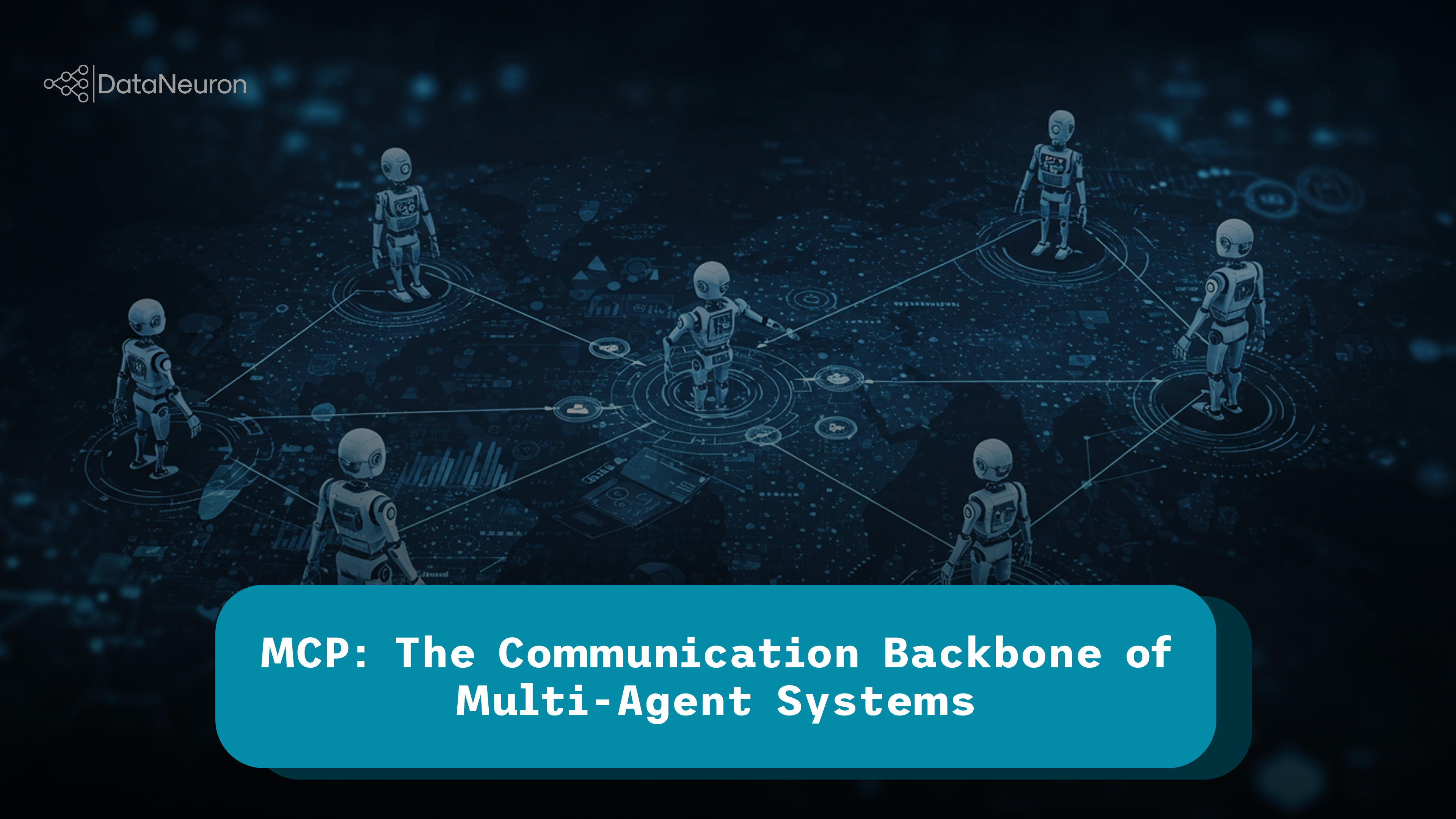AI progress has been upgraded with larger models, more parameters, and bigger datasets. This created powerful Large Language Models (LLMs), but exposed their limits: even the best models falter in multi-domain workflows, hallucinate facts, lose context, and struggle with complex coordination.
Multi-Agent Systems (MAS) emerged to address these gaps by deploying specialized agents for tasks like summarization, search, compliance checking, and analysis. Together, they can outperform a single model but only if they work coherently. In enterprise customer support, for example, one agent may retrieve knowledge, another analyze sentiment, and a third draft a reply. Without shared context, they duplicate work, contradict each other, or miss critical data.
The Model Context Protocol (MCP) closes this gap. It standardizes how agents exchange state, intent, and outputs, turning isolated components into a coordinated, auditable system capable of reliable multi-step outcomes at scale.
Why Current Multi-Agent Systems Fall Short
Before understanding MCP, let’s look at what MAS misses without it:

Today’s MAS often acts like loosely coupled tools rather than a synchronized team. The result is unpredictability, an unacceptable outcome for enterprise use cases where accuracy, compliance, and auditability matter.
MCP: A Protocol Born of Necessity
The Model Context Protocol (MCP) is a standardized communication framework that enables agents in a multi-agent system to “speak the same language.” Acting as both a universal translator and a message bus, MCP lets any agent, whether an LLM, retrieval engine, API connector, or compliance checker, exchange context reliably and consistently.
How MCP Works
At its core, MCP provides five foundational capabilities:
- Standardized Messaging
- Shared Memory Access
- Publish/Subscribe Coordination
- Dynamic Composi tion
- Medium-Agnostic Transport
How would this work in Financial Compliance?
Consider a bank’s compliance workflow:
One agent ingests regulatory documents.
Another checks transactions against relevant rules.
A third summarizes the findings for auditors.

With MCP, the pipeline is traceable, resilient, and composable: each agent publishes standardized outputs into a shared context, while downstream agents subscribe and act on verified data.
MCP in Action at DataNeuron
At DataNeuron, MCP is treated as the connective tissue of intelligent automation. MCP lets them expose functionality via an HTTP server, a studio server, or a custom API and register it under the MCP schema. From that moment, MCP handles orchestration: routing intent, synchronizing state, and coordinating workflows.
This design allows us to:
Integrate LLMs with retrieval engines and domain-specific APIs seamlessly.
Orchestrate cross-departmental workflows without losing auditability.
Scale agent ecosystems without creating central bottlenecks.
By formalizing how agents communicate and share context, MCP converts fragmented tools into a unified, auditable, and scalable multi-agent system ready for real-world deployment.
Why MCP Is Foundational to the Next Wave of Agentic AI
Enterprise AI is moving away from monolithic, one-size-fits-all models toward modular, composable systems. In this new architecture, the MCP functions as the critical communication backbone, allowing intelligent agents to coordinate, adapt, and scale reliably.
By standardizing how context, state, and intent flow between agents, MCP lays the groundwork for future-proof AI ecosystems. Three shifts illustrate this impact:
Composable Intelligence
Governed Autonomy
Cross-Ecosystem Interoperability
Taken together, these shifts position MCP as a cornerstone of scalable, auditable, and future-ready multi-agent systems. MCP is the infrastructure layer that enables businesses to design AI workflows that are as dynamic and trustworthy as the environments in which they operate.

Leave a Reply